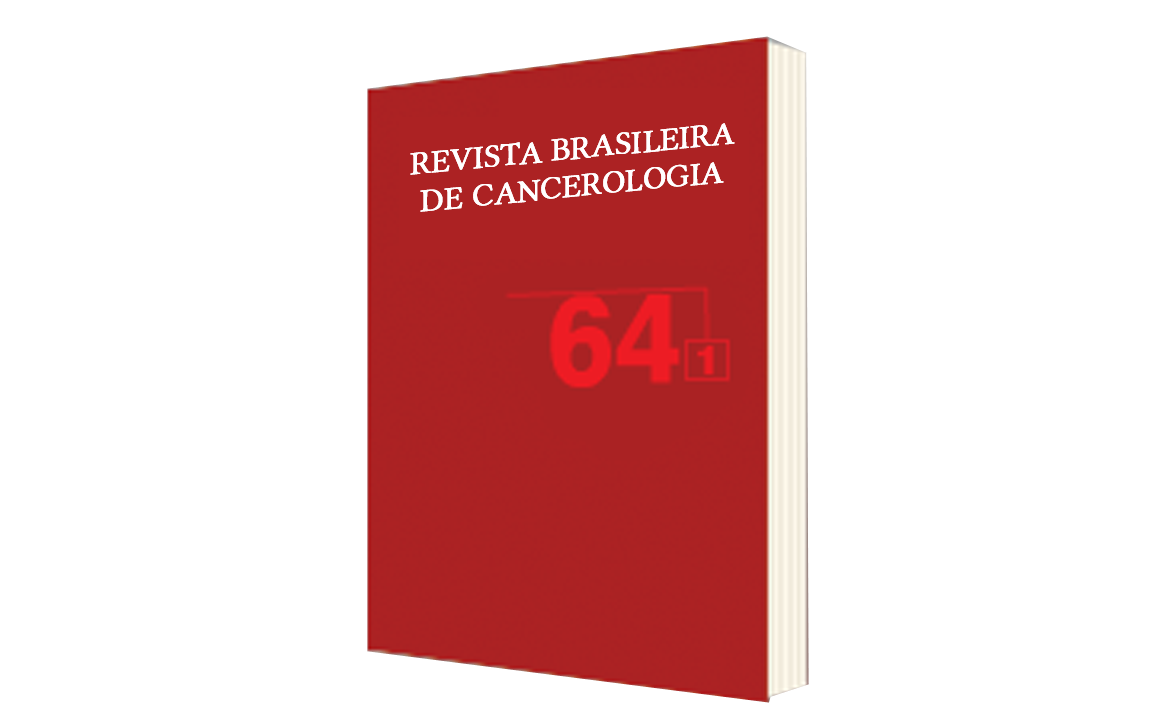High Risk Neuroblastoma in Uruguay. Where are we?
DOI:
https://doi.org/10.32635/2176-9745.RBC.2018v64n1.111Keywords:
Neuroblastoma, Neoplasms, Child, TherapeuticsAbstract
Introduction: Neuroblastoma is the most common extracranial solid tumor in children. Approximately 50% of patients are classified as high risk on the basis of clinical, biological, and histological characteristics. Objective: To describe the population of patients diagnosed with high-risk neuroblastoma at the Centro Hemato-Oncológíco Pediátrico (CHOP, Center for Pediatric Hematology and Oncology) of the Centro Hospitalario Pereira Rossell (CHPR, Pereira Rossell Hospital), in terms of their treatment and survival. Method: Descriptive, retrospective study of all patients diagnosed with high-risk neuroblastoma at the CHOP between 2001 and 2015. The National Registry of Pediatric Cancer is located at the CHOP, as is the archive of Patient clinical Histories. The data are collected and analyzed by the statistics sector. Results: Among the 35 patients diagnosed, 20 (57%) were men, the median age was 36.6 months (range, 5-93 months), and the tumor had an adrenal location in 23 (66%). All of the tumors were classified as stage IV. Metastasis to the bone marrow or bone was seen in 27 (71%). Thirty-three patients (94%) received autologous hematopoietic stem-cell transplantation (HSCT). The status prior to HSCT was complete remission in 19 (58%) and partial remission in 14 (42%). The treatment-related mortality rate was 15%, and the relapse rate was 68%. The median time to relapse was 15 months (3-52 months). The probability of overall survival and 5-year event-free survival was 37.8% ± 8.4 and 23.8% ± 7.3 (median follow-up of 40 months), respectively. Conclusion: Despite intensive treatment and adequate support measures, the prognosis for high-risk neuroblastoma in children remains poor in Uruguay. There is a need to incorporate new therapeutic strategies not yet available in our country.










